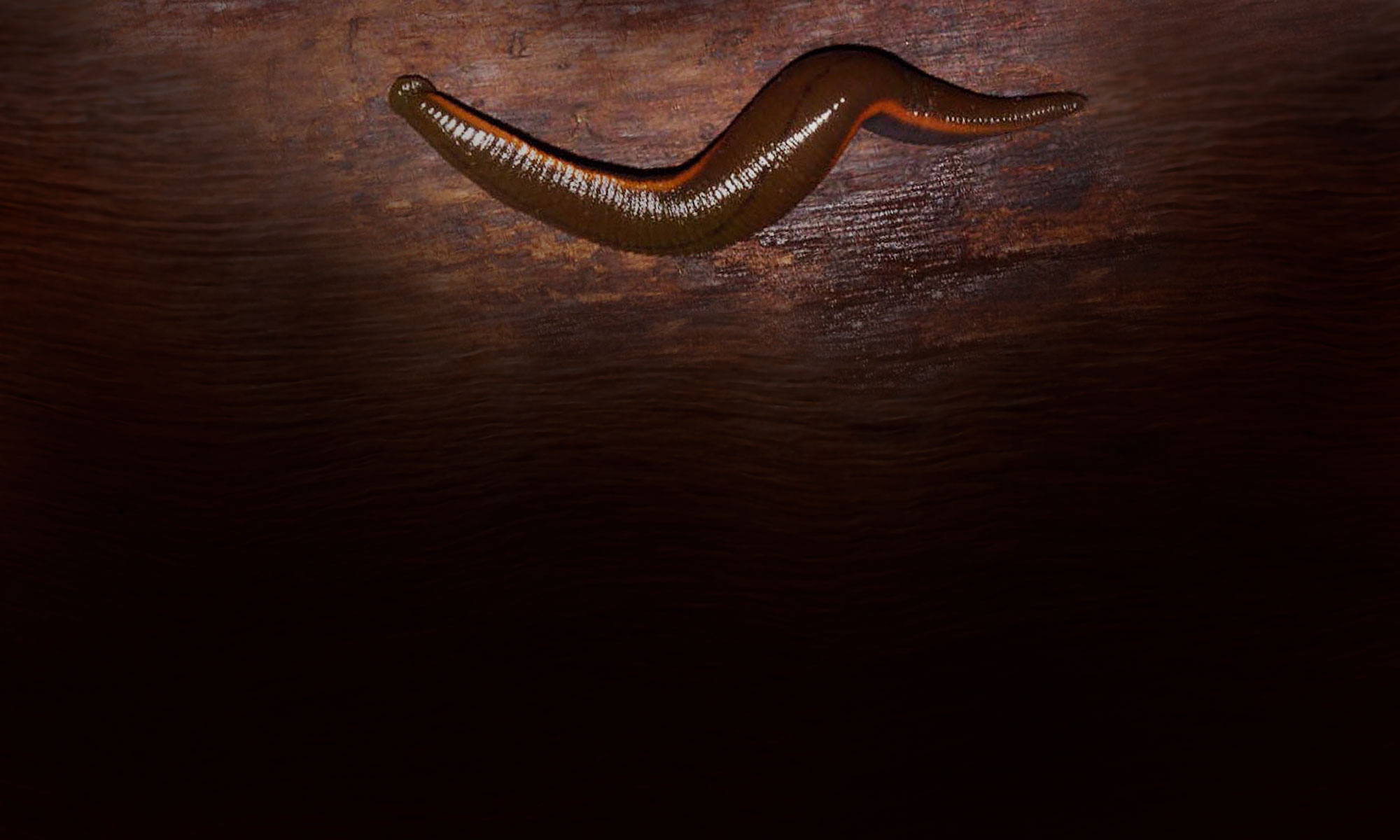On Monday 6 January 2014, Mark J. Wetzel (INHS) and John Reynolds (Oligochaetology Lab) launched a new website presenting the second edition of Nomenclatura Oligochaetologica Editio Secunda –
a catalogue of names, descriptions, and type specimens of the Oligochaeta.
* This web-based Second Edition of Nomenclatura Oligochaetologica [N.O.2]:
- integrates the accounts included in the first volume (Reynolds and Cook, 1976 [N.O.]) with those presented in the three supplements (Reynolds and Cook, 1981 [N.O.S.P.], 1989 [N.O.S.S.], and 1993 [N.O.S.T.]) – together comprising the original N.O. series;
- updates and corrects accounts for the generic, subgeneric, specific, and infra-specific names of oligochaetes (Annelida, oligochaetous Clitellata) as presented in the original series;
- adds accounts for all oligochaete taxa described as new to science since 1993 – including barcode, GenBank, tissue repository, and other pertinent DNA sequencing information;
- expands the Index Auctorum, Index Auctoritatum, Index Museorum, Prolegomenon, Glossarium, and References sections of the original series;
- includes translations (in 11 languages) of the Prolegomena and Glossaria of the original series and this second edition;
- presents and expands Dedicatio sections in the original series with biographies and memoria for our historical and contemporary colleagues focused on oligochaetology, including bibliographies of their published scientific contributions;
- offers a forum for Current Perspectives in oligochaete phylogeny, taxonomy, systematics, and nomenclature;
- provides a Using This Nomenclator section with account examples and instructions for using and navigating this web-based catalogue;
- includes an annotated list of links to web-based annelid resources.
An annual accounting page was recently added to summarize the number of accounts for taxa (genera, subgenera, species, and subspecies) described each year; note that the tallies in each column for the most recent years continue to increase as accounts are prepared and added to NO2 pages.
The advantage of a web-based edition is that it allows for corrections and additions to occur immediately after the information reaches us. We encourage assistance from our colleagues around the World to correct errors, update the information for each taxon account as presented, and to provide complete account information for newly described taxa as well as those that we have overlooked. – John W. Reynolds and Mark J. Wetzel
* Website Update: In April 2021, INHS web development personnel began working with MJW to migrate all NO2 pages to WordPress 5.7 (running Twenty Seventeen theme). We hope to complete this migration sometime in May and June 2021. After successful migration, the current site will become obsolete. Please Note: bounce/redirect linkages will be in place so your visit to the current URL should be redirected to the new site for this nomenclator.

